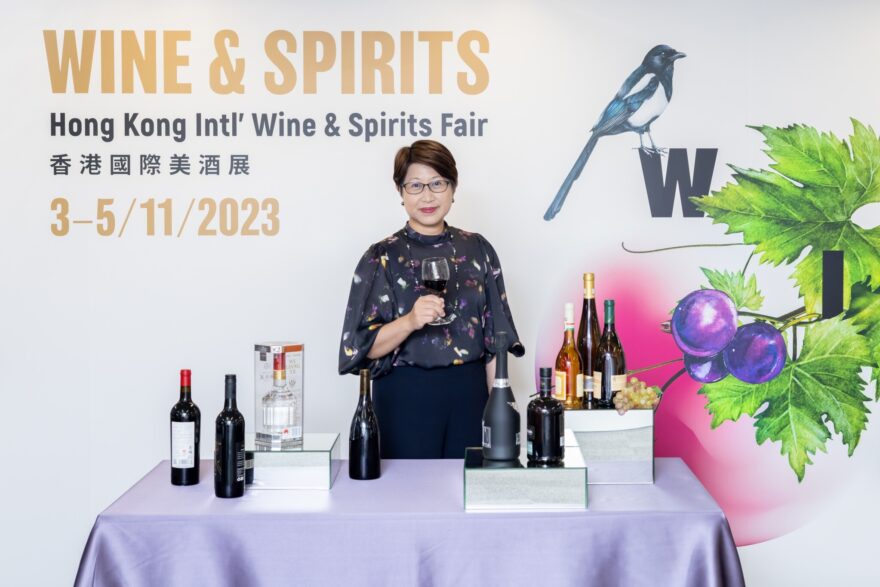Wine and Spirits Underperform in Philippine Supermarkets

Philippine supermarkets are stacking up more wines on their shelves that are not selling enough and limiting their profit potential, according to a recent consumer research from NielsenIQ.
In emerging and developing markets, there is an assortment issue in the fast-moving consumer good (FMCG) categories with about three-fourths or 75% of stock-keeping units contribute to less than 2% of category sales, NielsenIQ noted in a recent statement.
In the case of the Philippines, 79% of wine and spirits product stocks on supermarket shelves contribute to below 2% of the category sales
In the case of the Philippines, 79% of wine and spirits product stocks on supermarket shelves contribute to below 2% of the category sales, “pointing to the glut in non-performing products that exist within just this one category alone,” the global measurement firm said.
Percentage of SKUs in the category that contribute to less than 2% of overall category sales
Source: NielsenIQ
The research agency pointed out that retailers are struggling to find and maintain an optimal assortment due to the COVID-19 pandemic and increased competition.
“Over the years, there has been a proliferation of brands, products and SKUs (stock-keeping units) in the marketplace as manufacturers compete to satiate consumers’ appetite for new variations, products, and experience,” said Didem Sekerel Erdogan, Senior Vice President and Analytics Leader for APAC and EEMEA at NielsenIQ.
Erdogan also noted that manufacturers “end up investing in production and in-store shelf space for products that do not drive any incremental value, thereby eating into their profit margins.”
How To Fix Wine Assortment Problems

In general, retailers can resolve their assortment woes through a “careful” data-driven analysis of their portfolio to “determine which ones are fast-selling and incremental to the category” against those that can be rationalized.
Lou-Ann Navalta, Analytics Leader for the Philippines at NielsenIQ
“In discussing assortment with retailers, it is key to present this from a total category assortment perspective and to ensure that varying shopper needs will continue to be met in this streamlined assortment,” she added.
If done correctly, manufacturers can then focus on production and supply chain efforts on incremental products, while they eliminate waste, increase profitability and reinvest profits into new product development – eventually capturing new shoppers, Navalta said in a separate statement.
Meanwhile, manufacturers were pushed to reassess their assortment given the changes in consumer behavior during the pandemic.
Based on NielsenIQ research, they are already reducing their assortment of products without compromising category sales. For example, supermarkets have cut down the supply of powdered milk products from 45 to 37 while maintaining 7.3% sales growth.
“Financially impacted consumers have less money to spend, less time to shop, and will therefore be more deliberate in their spending,” Navalta explained.
“The challenge for manufacturers and retailers is to ensure that the products on their shelves cater to consumers at all ends of the economic spectrum, while also remaining cost-efficient and eliminating wastage,” she added.
Filipino Consumer Behavior During The Pandemic in Summary:
- Conscious Budgeting: Financially-hit consumers are streamlining budgets and have become more discerning about what, where, when, and how they purchase products.
- Preference for Smaller Store Formats: Shoppers are increasingly favoring smaller store formats, like smaller supermarkets, convenience stores, and minimarts that are near their homes.
- Less Time Browsing Shelves: With the rise in e-commerce as a regular shopping channel, as well as the need for continued safety precautions when shopping in physical stores, shoppers also spend less time browsing the shelves than they did before the pandemic.




